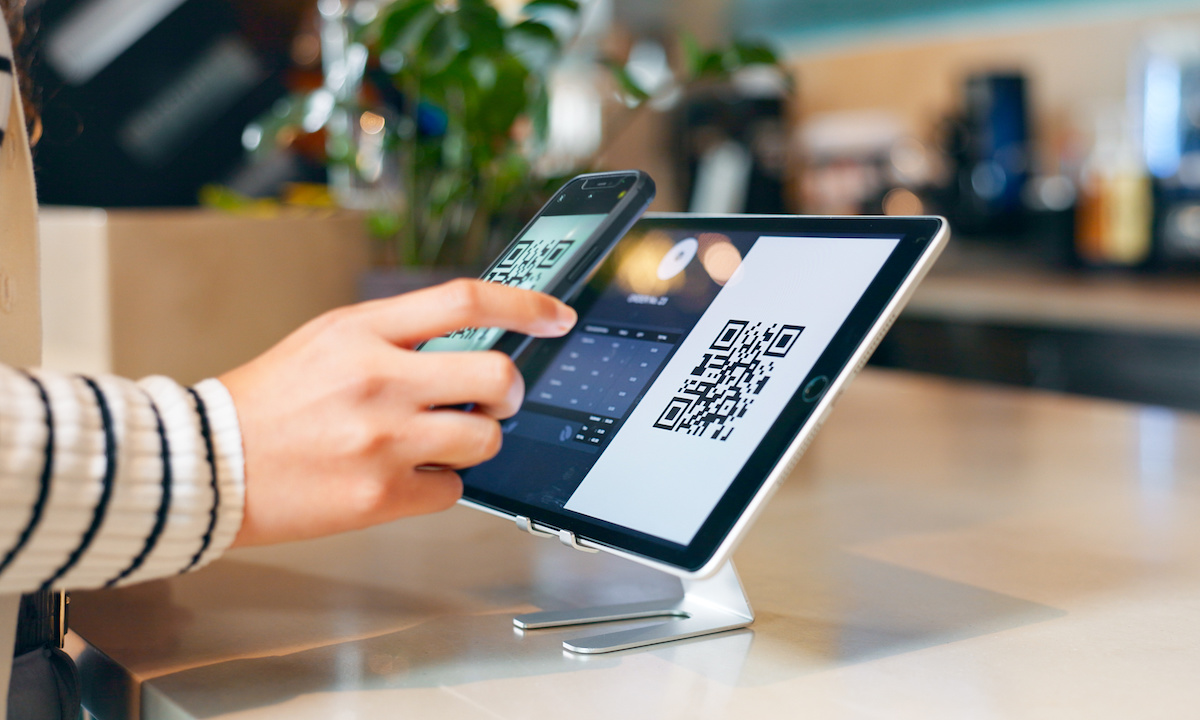Scanning to pay is set to gain momentum on the global stage.
The simple act of pointing a phone’s camera at a QR code to make a purchase is getting a tailwind, particularly in Asia, as QR code payments grow through digital wallets that bridge physical and digital channels.
QR codes are not new. The technology was created in Japan in 1994 by Denso Wave, a Toyota subsidiary, to track auto parts. Over time, they became a secure, inexpensive way to exchange information, including payments. That low-cost, open format helped Asia become a testing ground for mobile-first commerce years before the pandemic accelerated global adoption.
Part of the appeal lies with simplicity. QR codes require no specialized hardware, making them accessible to merchants of all sizes. The same camera that unlocks a smartphone now doubles as a checkout device, giving businesses in developing and advanced economies a lightweight way to accept digital payments.
Mobile Wallets as the Conduit
As for the QR code connection to digital wallets, the PYMNTS Intelligence report “Apple Pay @11: Usage is Up, but Competitors are Gaining Ground” found that more than 30% of shoppers now use mobile wallets in stores weekly, more than double last year’s share. In-store, digital wallets have nearly overtaken cash and are used for 11.8% of recent transactions, compared with 12.1% for cash.
These findings underscore that QR code payments have a new access point within a broader digital wallet environment that allows consumers to pay anywhere, in any format, using familiar credentials.
Advertisement: Scroll to Continue
Asia and the Global Adoption Curve
Asia’s markets show how these trends converge. The PYMNTS Intelligence report “Pocket Revolution: How Mobile Wallets Are Changing Payments Worldwide” found that mobile wallets now account for 21% of in-store transactions across 11 countries, with Singapore and Japan among the leaders. In those markets, roughly 35% of in-store transactions occur through mobile wallets.
In Singapore, strong digital trust and early mobile banking adoption have accelerated wallet use. Japan’s combination of super apps, QR codes and government policies promoting cashless commerce points toward how local infrastructure, digital literacy and consumer behavior can combine to push QR-based payments into the mainstream.
PYMNTS research showed that local wallets play an important role in this shift. In Japan, 44% of online transactions now occur through native wallets, while in Singapore, global brands such as Apple Pay and Google Wallet have grown alongside regional players. As the report found, “real-time rails and QR code integration are accelerating wallet use.”
Visa Expands Scan to Pay Across Asia
Visa announced Wednesday (Nov. 12) that it went live with its Scan to Pay service, linking millions of merchants across Asia-Pacific markets to its global payments network. The new capability allows consumers to tap, scan or pay online using the same digital wallets and payment apps they already use.
Partners in the rollout include Samsung Wallet, LINE Pay, VNPT Money, Woori Card, Hyundai Card and QR providers such as Lakala, FOMO Pay, VNPAY, NextPay and OpenRice. Merchants can use existing QR infrastructure, lowering processing costs and reaching visitors from other markets who prefer wallet-based payments.
The expansion of Scan to Pay marks a pivotal step in aligning card networks and wallet platforms under one experience. For consumers, scanning to pay becomes as seamless as tapping a card or phone. For merchants, it extends acceptance without new hardware or complex integrations.
As PYMNTS Intelligence research revealed, digital wallets already fund about one-third of all global transactions. QR-based payments are becoming an embedded part of that growth, not a separate channel.

